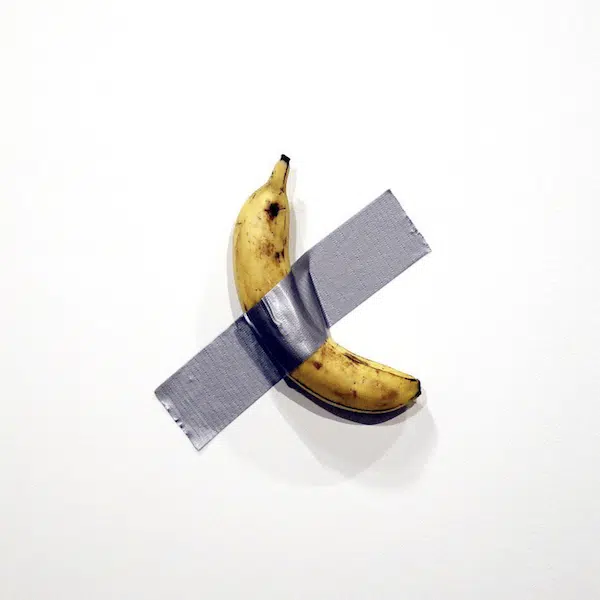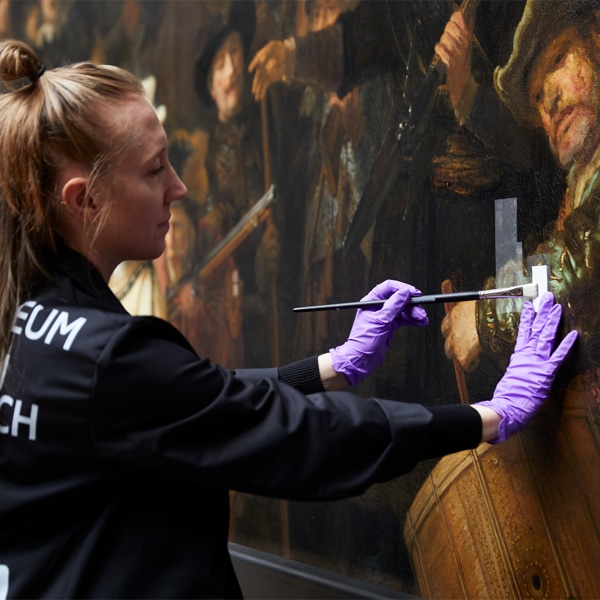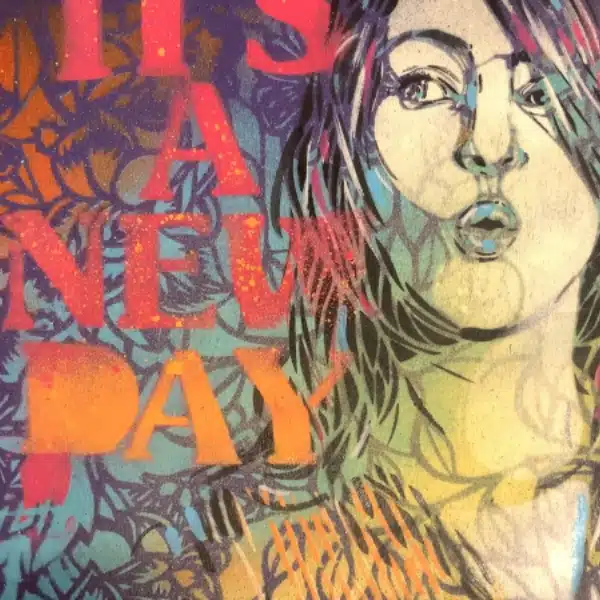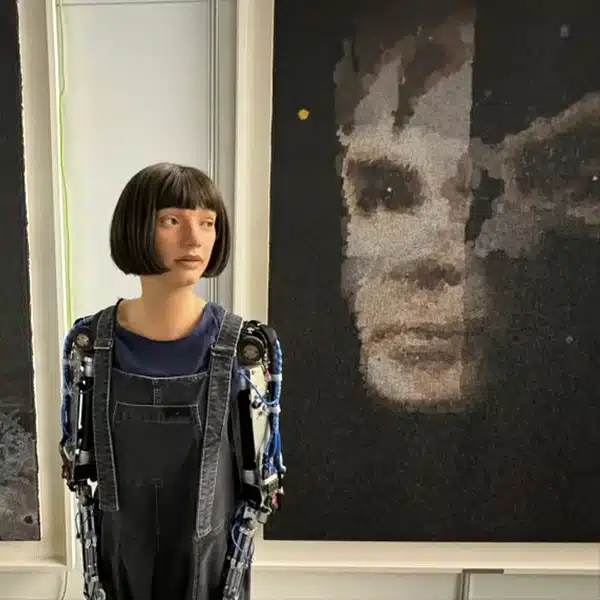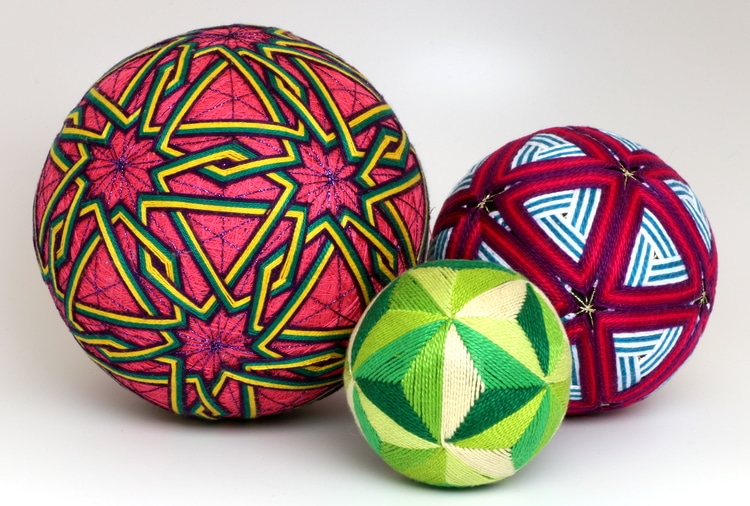
Image via Temari Twins
A form of ancient Japanese folk art, temari balls are brightly colored pieces of needlework covered with elaborate patterns. In the Edo period, aristocratic women created temari balls using pieces of silk from spare kimonos in a challenge toward perfection. To a wider public, they became a sensation several years ago after a 92-year-old grandmother's temari collection went viral.
Even after hundreds of years, these painstakingly patterned balls, which are now typically created using embroidery thread, continue to captivate. Interestingly, they were originally crafted as toys for young girls—people often still put bells inside to hear the pleasing jingle. Over the course of many centuries, temari—which translates from Japanese to “hand ball”—elevated from colorful toy to folk art object.
Given the time-consuming nature of the craft, it's no wonder temari balls have also become a symbol of a cherished friendship and good fortune. The brilliant colors are purposeful, symbolizing a wish of happiness for the recipient. And while traditionally it took a 40-year apprenticeship to become a master of temari, these days a resurgence in needlework means ever more practitioners.
Just where do the intricate patterns come from? It all begins with a pattern pinned to the inner core. At that point, the process becomes a bit more complex. While the balls may seem light and playful, an eye for geometric design and symmetry is key to obtaining a pleasing result.
We celebrate this artwork and all its complex beauty by looking at brilliant kaleidoscopes of geometric patterns on temari balls.
Be prepared to be inspired by these intricate examples of temari balls covered in geometric patterns.
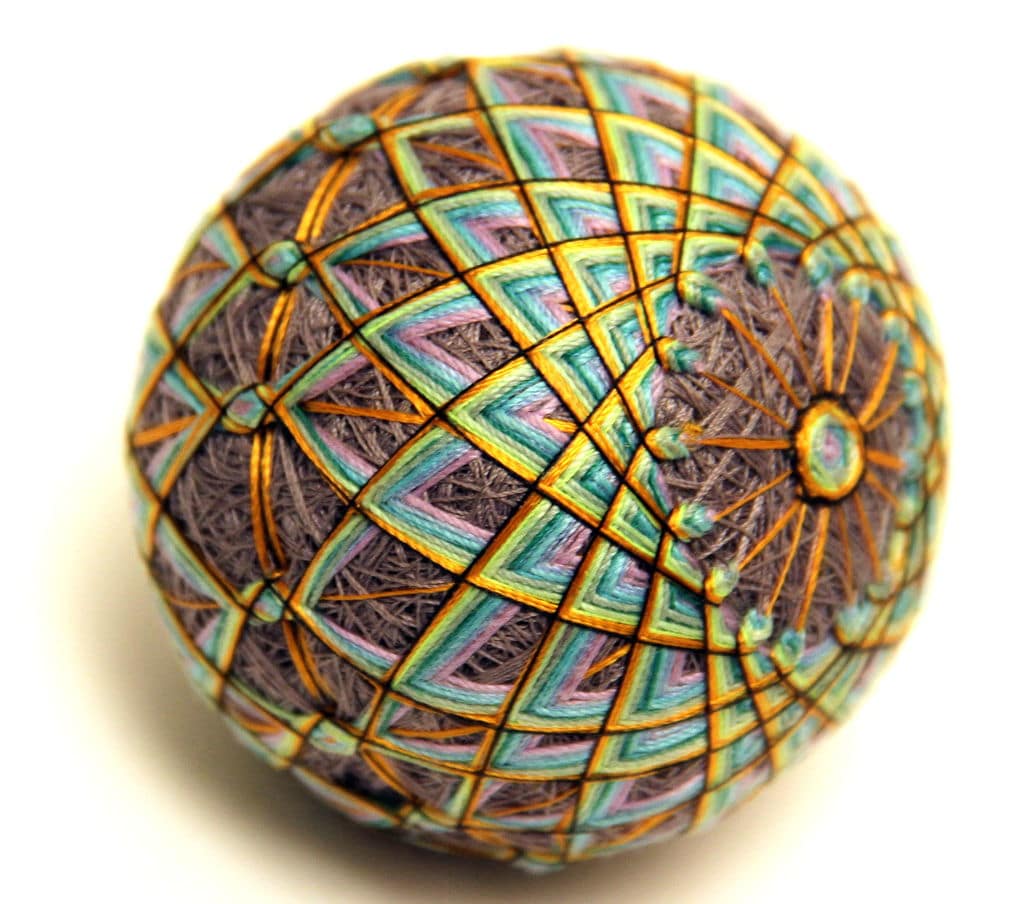
Image via SelkeyMoonbeam
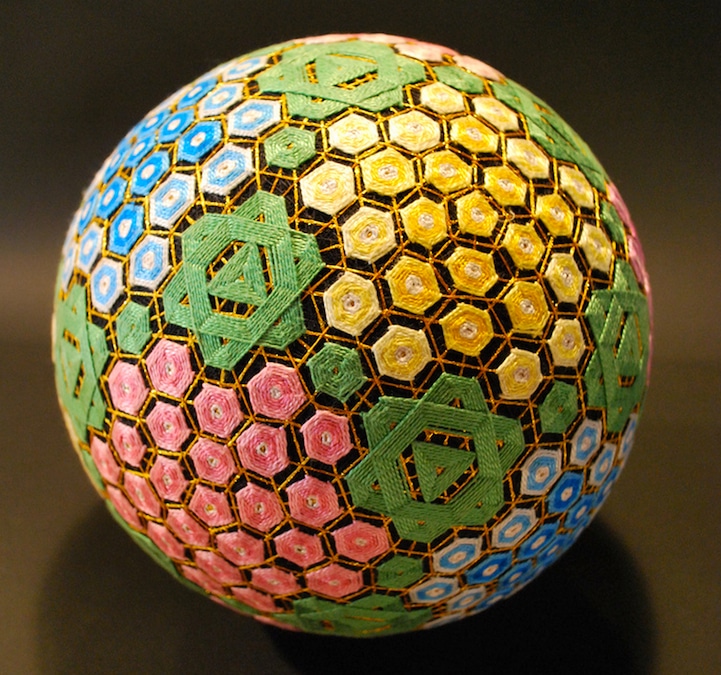
Image via NanaAkua.
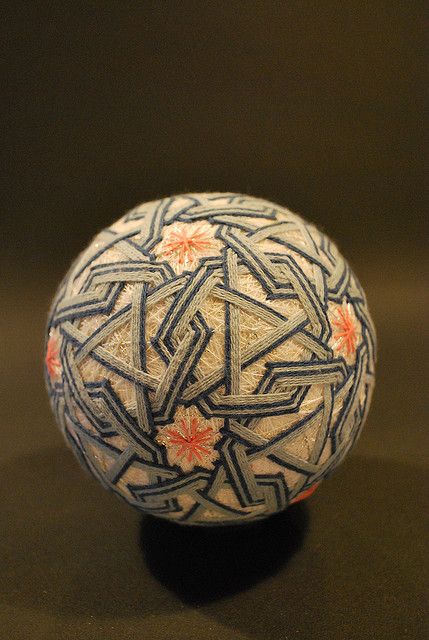
Image via Temari World
The temari balls' brightly colored threads are a symbolic wish for happiness in the recipient's life.
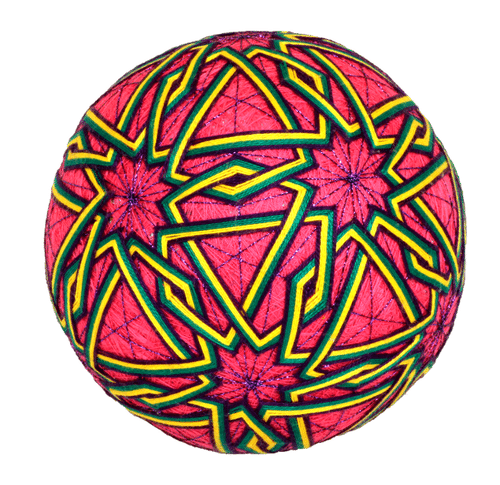
Image via Temari Twins
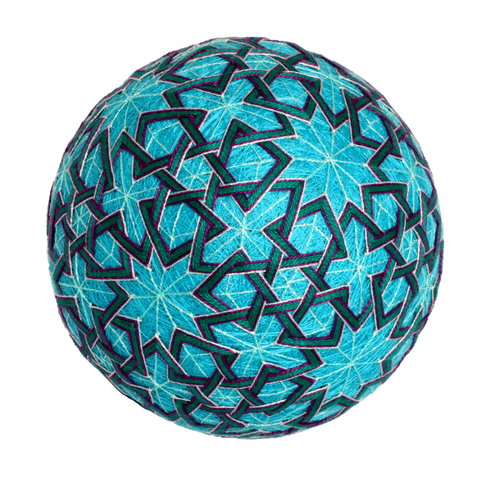
Image via Temari Twins
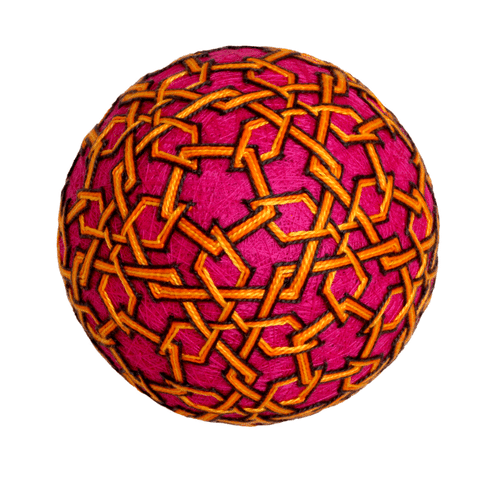
Image via Temari Twins
This form of needlework has become increasingly popular, with international practitioners from Russia to the United States.
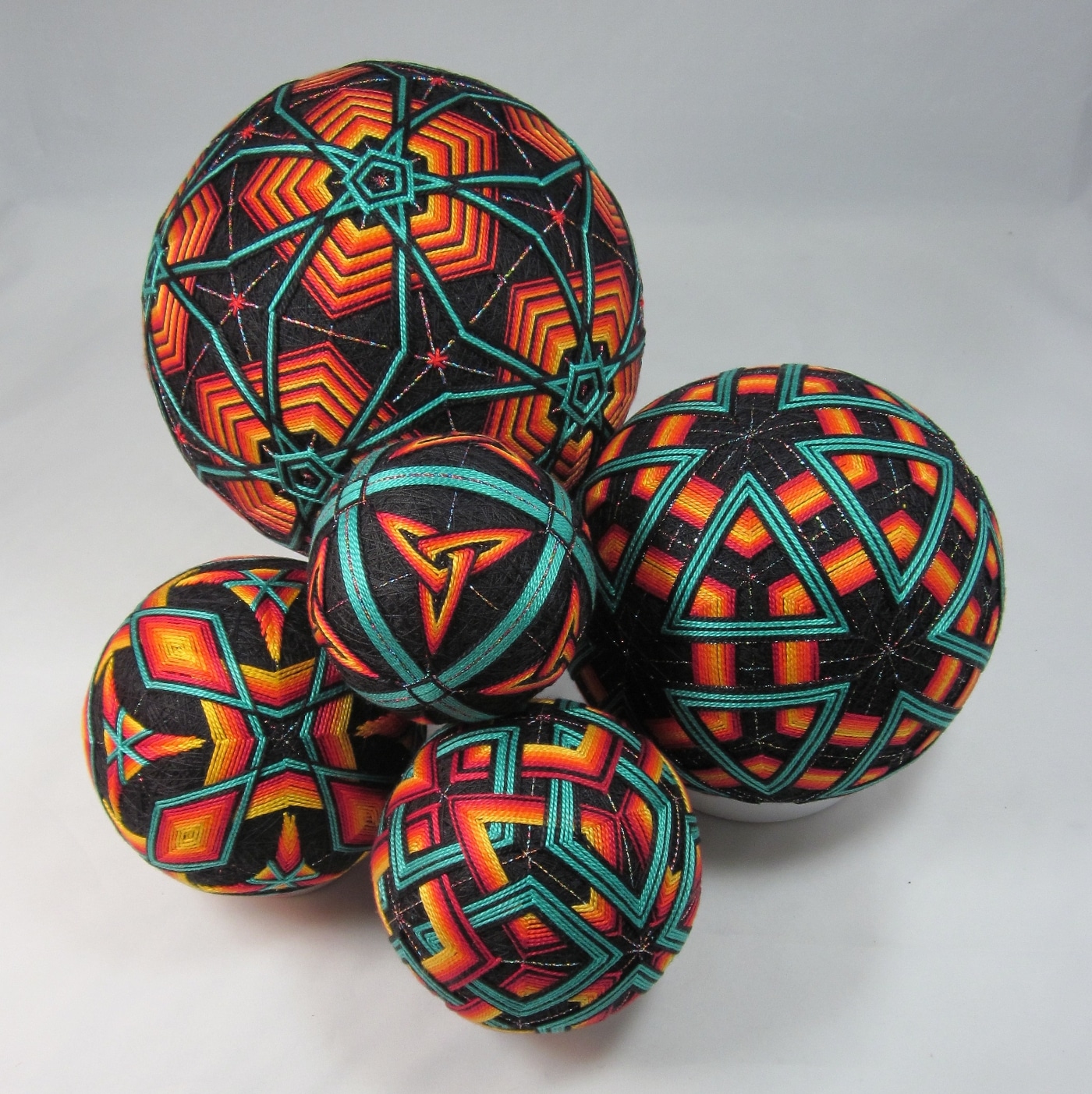
Image via Judy Tepley
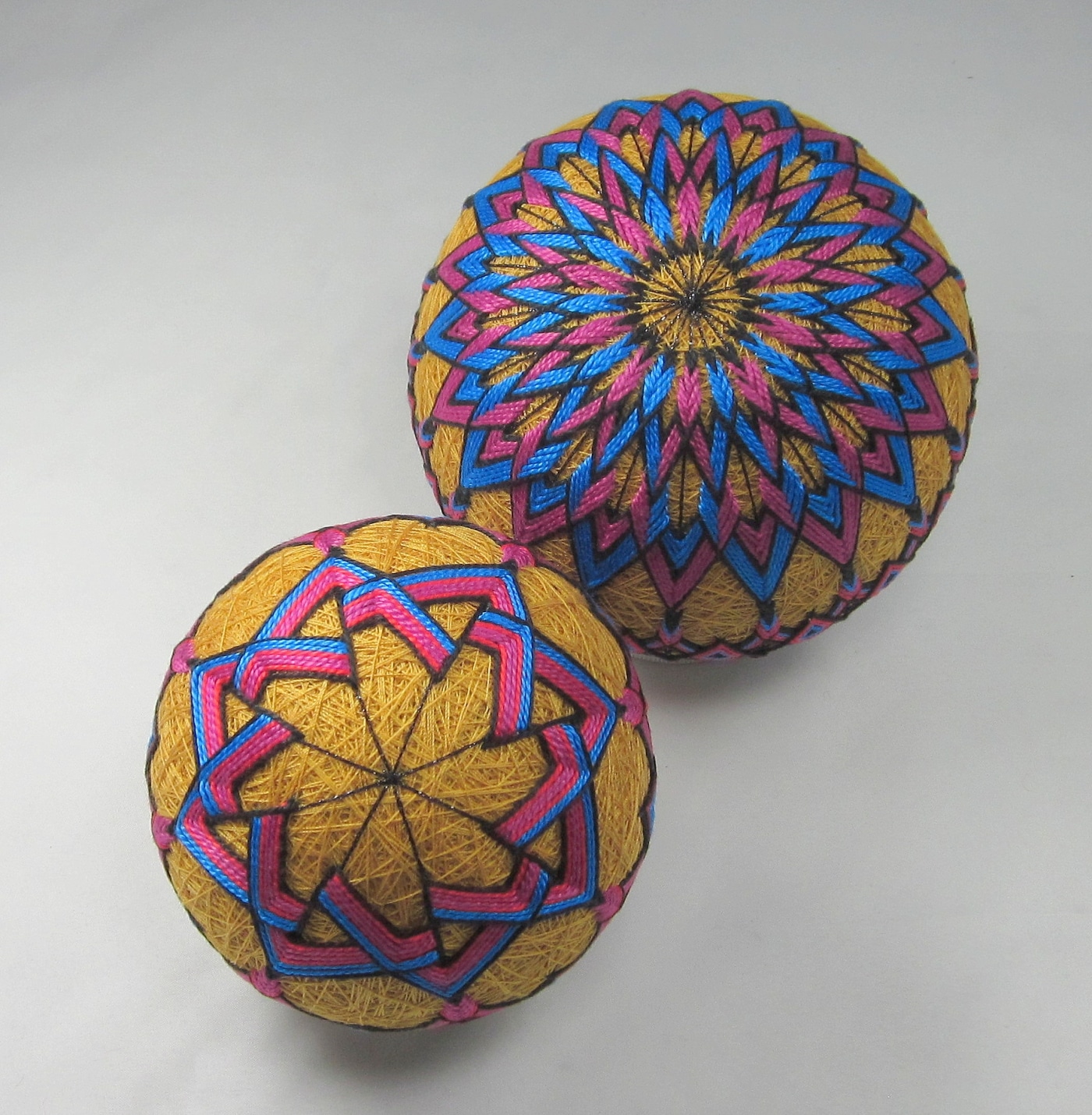
Image via Judy Tepley
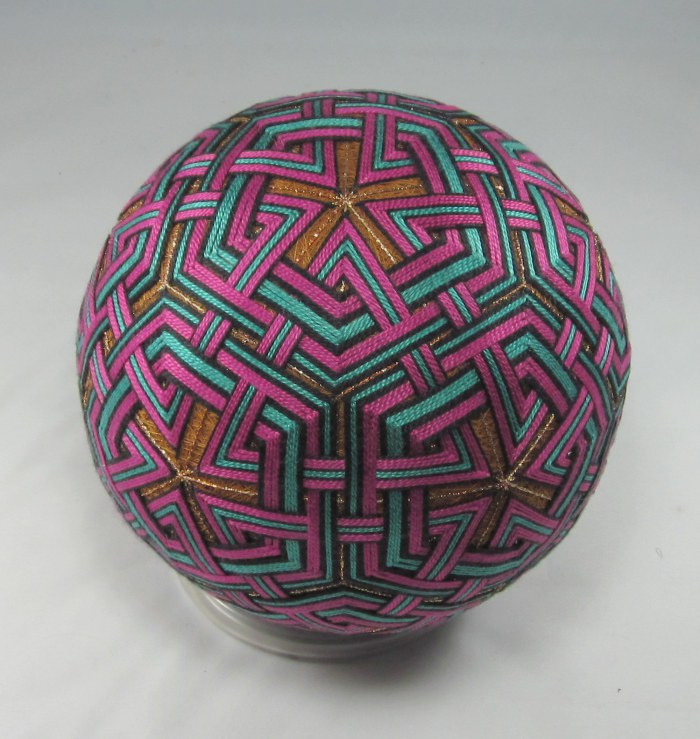
Image via Judy Tepley
Artists have gotten exceedingly creative with the colors and shapes they craft.
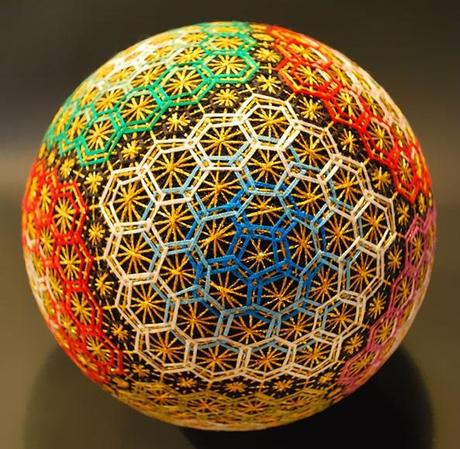
Image via Temari World
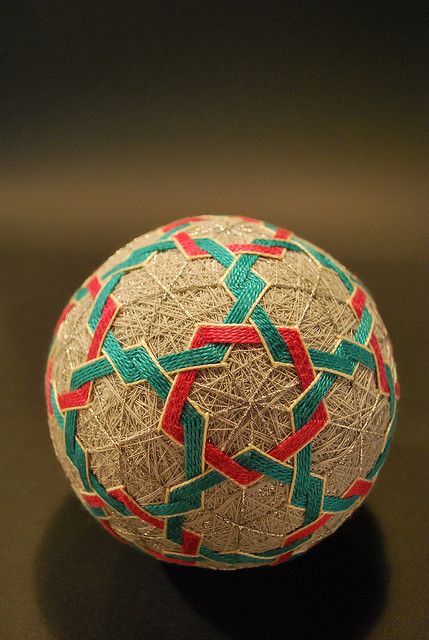
Image via Temari World
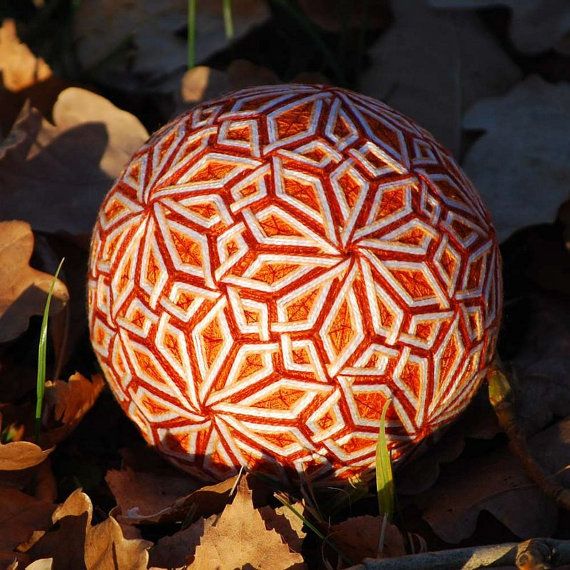
Image via Temari World
Some swirling geometric patterns are reminiscent of forms found in nature.
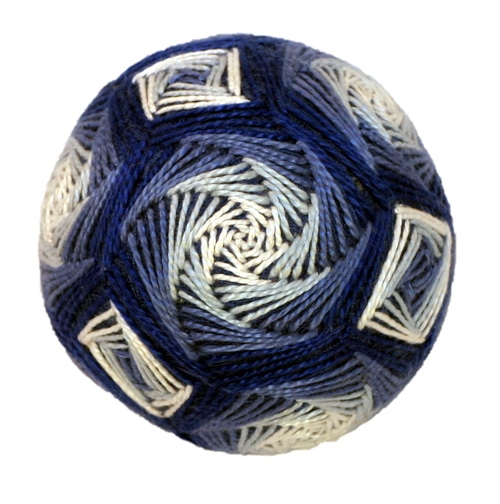
Image via Temari Twins
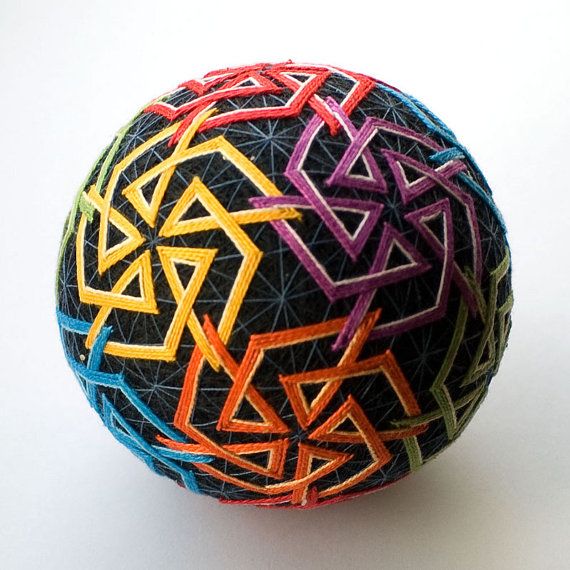
Image via Temari World
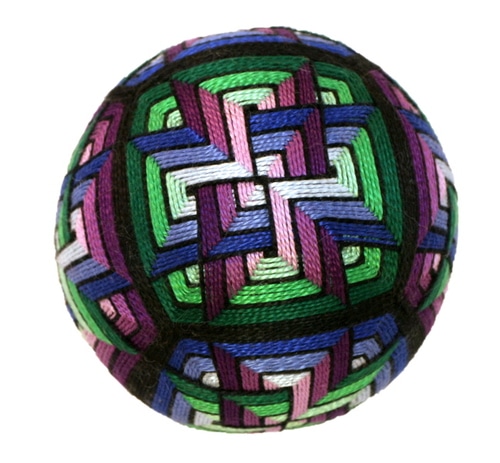
Image via Temari Twins
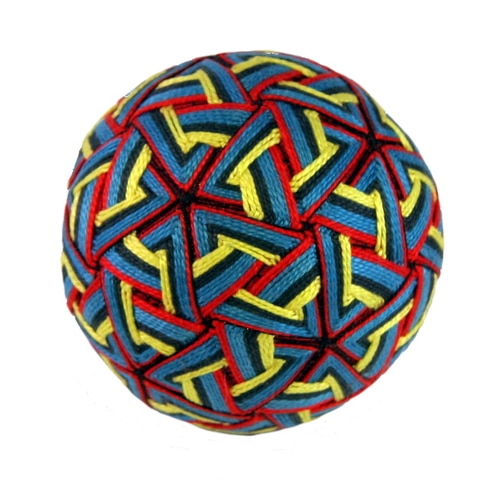
Image via Temari Twins
Certain examples have an architectural quality to the final result, creating an optical illusion of other 3-D shapes.
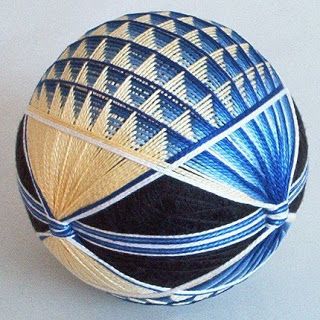
Image via Temari World
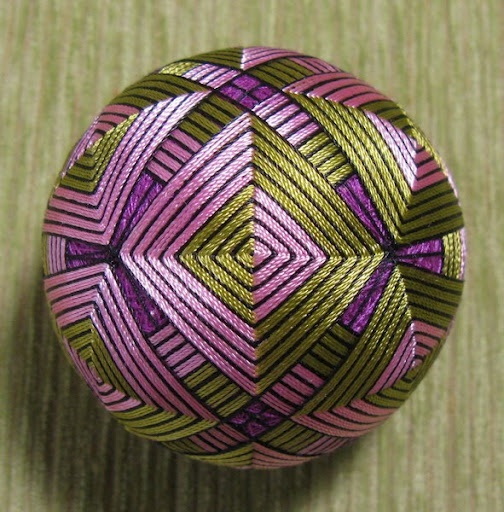
Image via Temari World
It's important to note that color choice can make all the difference in the geometric design.

Image via Judy Tepley
These three balls are the same pattern, but with different color palettes.
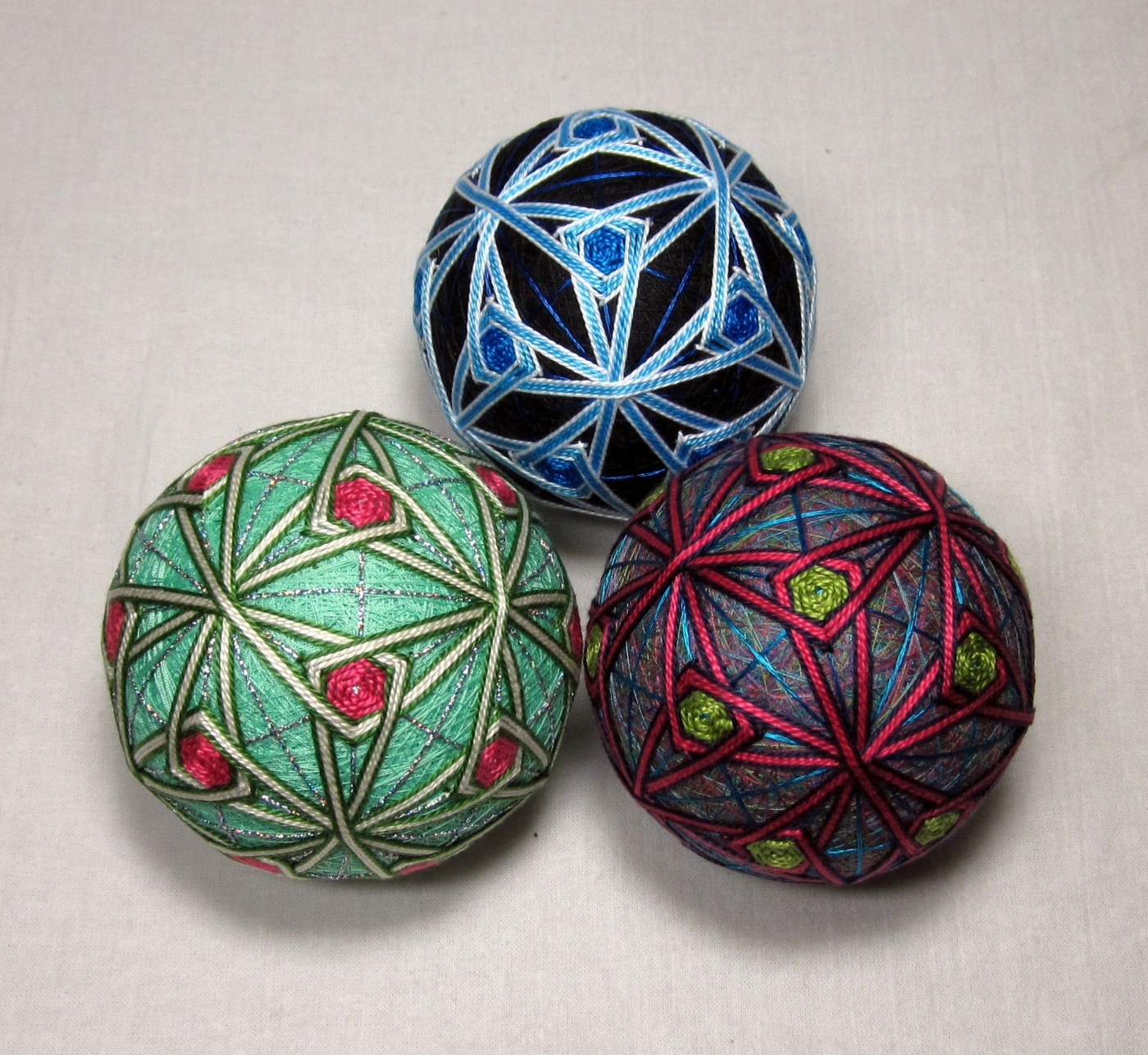
Image via Judy Tepley












































































